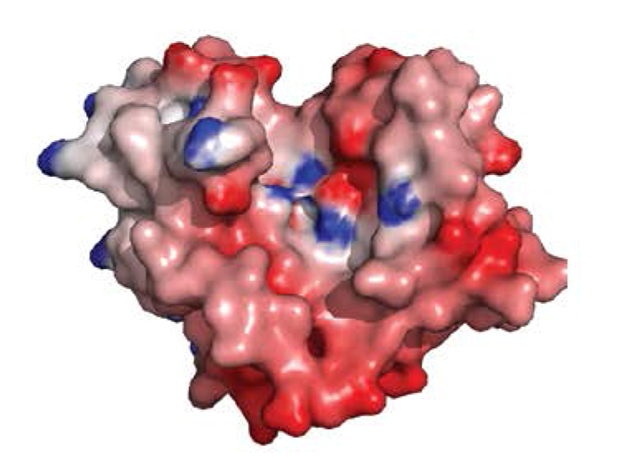
The future’s bright
Earlier this year, structural biologists at the European Synchrotron Radiation Facility (ESRF) in Grenoble, France celebrated a remarkable milestone: the number of protein structures determined at the facility reached an impressive 10 000.

The milestone itself was the structure of a protein from a flu-like virus, determined by Stephen Cusack and his team at the neighbouring EMBL outstation.
When it began in 1996, the ESRF’s next-generation synchroton transformed structural biology by expanding the number of proteins biologists were able to study. Until then, scientists had studied proteins by getting them to form crystals, shining powerful X-rays on them, and deducing the structure of the protein from the way it scattered the rays. But many proteins crystallise poorly, if at all, with some producing crystals that were far too small to use with conventional X-ray sources.
The new, higher-strength X-rays on the ESRF beamlines allowed researchers to study these “micro-crystals”, which are less than one fifth of the width of a human hair in diameter. But handling these tiny crystals, which are prone to radiation damage from the high-intensity beams, was not easy. “The technology wasn’t there at that time to do this on a routine way,” says Cusack.
Two key innovations helped the number of structures determined at the ESRF to take off. In the late 1990s, Florent Cipriani’s team at EMBL Grenoble, together with colleagues at the ESRF, developed an instrument known as a micro-diffractometer {link to 40things #18}, which allows precise measurement of tiny crystals in very fine focussed X-ray beams. Then, at the turn of the millennium, the EMBL and ESRF teams introduced automated systems, such as robotic sample changers, which increased the speed, accuracy and reproducibility of the experiments performed there. Since then, the number of structures solved has increased exponentially, with two of them resulting in the award of Nobel prizes. To cope with this growth, and with the ever larger and more complex proteins tackled by structural biologists, the databanks that store the information they uncover are having to find new ways of handling and distributing data.
The ESRF’s 10,000th structure is a classic example of the intrinsic awkwardness of some proteins. Cusack and his team have long been interested in the protein the influenza virus uses to read and copy its genetic material inside infected cells. This protein, the polymerase, is a very attractive target for much-needed new drugs to treat flu. The team had previously succeeded in determining the structures of fragments of the enzyme, but wanted to solve the structure of the whole protein. They struggled, however, to produce enough to crystallise.
Cusack and his team turned to the polymerase from a similar member of the family of viruses to which influenza belongs, the Orthomyxoviruses. Working with colleagues from the FLUPHARM project, they chose a virus called Thogotovirus, which normally infects insects but can also infect mammals. The Thogotovirus polymerase proved easier to make in large amounts, and the team began by looking at the equivalent fragments whose structures they had already determined influenza. These fragments form part of sections, or subunits, of the polymerase called PA and PB2, which fool the cell’s machinery into making the proteins encoded by the virus’s genes, a trick known as cap-snatching.
This is still a bit of a mystery
The structures of the Thogotovirus polymerase fragments, however, were a big surprise. Although their overall structures were similar to their influenza counterparts, they were not able to interact with the cell’s protein-making machinery, suggesting that Thogotovirus’s cap-snatching mechanism differs dramatically from that of the flu virus. “This is still a bit of a mystery,” says Cusack. It may reflect the way the virus has evolved to adapt to its host, he adds.
Continuing technological developments at EMBL Grenoble and the ESRF beamlines will hopefully crack influenza’s intransigent polymerase, as well as opening up new avenues of research into other proteins. Work is currently underway, for example, to increase automation on the ESRF beamlines, and the end of the decade should bring an upgrade of the synchrotron ring and even more intense, brighter X-rays.


